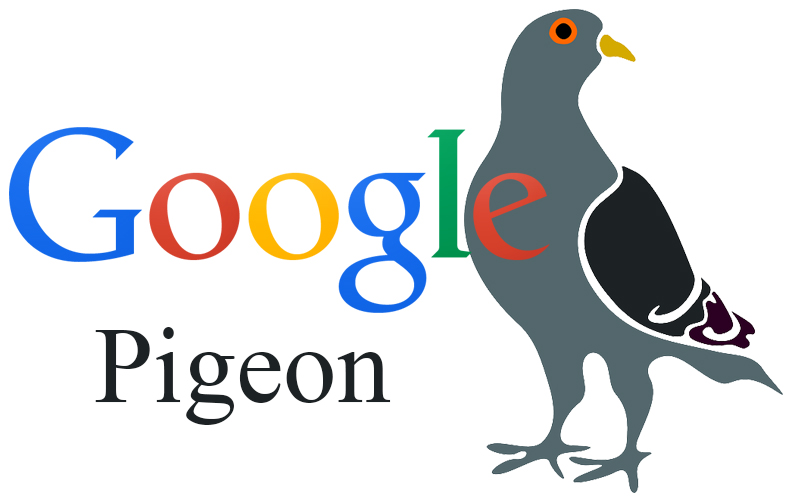When consumers are looking for a local business—whether that is a doctor’s office, an auto shop, or a restaurant—they usually turn to an online search engine. In fact, 92 percent of Internet users searched online for local businesses in 2014, and between 2011 and 2015, Google searches including the phrase “near me” increased by a factor of 34.
Additionally, 77 percent of patients use a search engine to find a physician before they schedule an appointment. As any business’s website falls lower on Google’s results page, however, the amount of traffic the receive goes down drastically. The website in the first position receives a third (32.5 percent) of the traffic, followed by 17.6 percent for the second website and 11.4 percent for the third. What all of this demonstrates for private practices, then, is just how important it is for them to rank high on that results page.
Fortunately for private practices and other local businesses, Google has presented a “local pack” at the top of their results since early 2009. At that time, the local pack consisted of 10 results in the user’s geographic area. That number dropped to seven in October of the same year, then to just three in August 2015.
Since April, Google started rolling out a testing program to decrease that number again, from three local results to just two, replacing the third entry with a paid advertisement.
What does this mean for private practices?
One of the most important goals for private practices that are trying to grow is simply getting their names out to the public. Not only do they have to compete with large, multi-office clinics that are better able to afford paid advertisements and dedicated SEO efforts, but they have to compete with each other. After this change, that competition will be even more fierce as they vie for one of two slots rather than one of three.
What can private practices do to avoid negative consequences of the change
Fortunately, private practices can work to maximize their site’s ranking. PatientPop lists several steps they can take to optimize their sites and rank at the top:
1. Keep business listings tidy and accurate
Google’s algorithm, Pigeon, is very particular about its business listings. Multiple listings for a single business, misleading URLs, and keyword stuffing— loading the listing with popular but unrelated keywords in order to drive traffic—all send up red flags for the algorithm, which could cause the listing to be pulled.
2. Make sure the company’s website is optimized for mobile access
Google sets sites apart for being “mobile friendly,” which can increase its results. Considering the fact that Google announced in 2015 that more searches are now done on mobile devices than computers, this is a large demographic that clinics should take advantage of. A few simple changes practices can make to optimize their websites for mobile devices include resizing website text and images to simplify the process of viewing them on a mobile device without an inordinate amount of scrolling or zooming.
3. Make sure local profiles are up to date Google prioritizes review sites like Yelp and HealthGrades, so private practices should keep their pages on such sites updated. Links, contact information, and business information should all be accurate. Not only does this help to drive traffic, but it builds confidence in the practice. If a clinic’s information on these pages is clearly out of date, it can lead patients to believe the clinic is no longer operational or simply does not pay attention to detail. Meanwhile, accurate links and other information can drive traffic to the main site.

